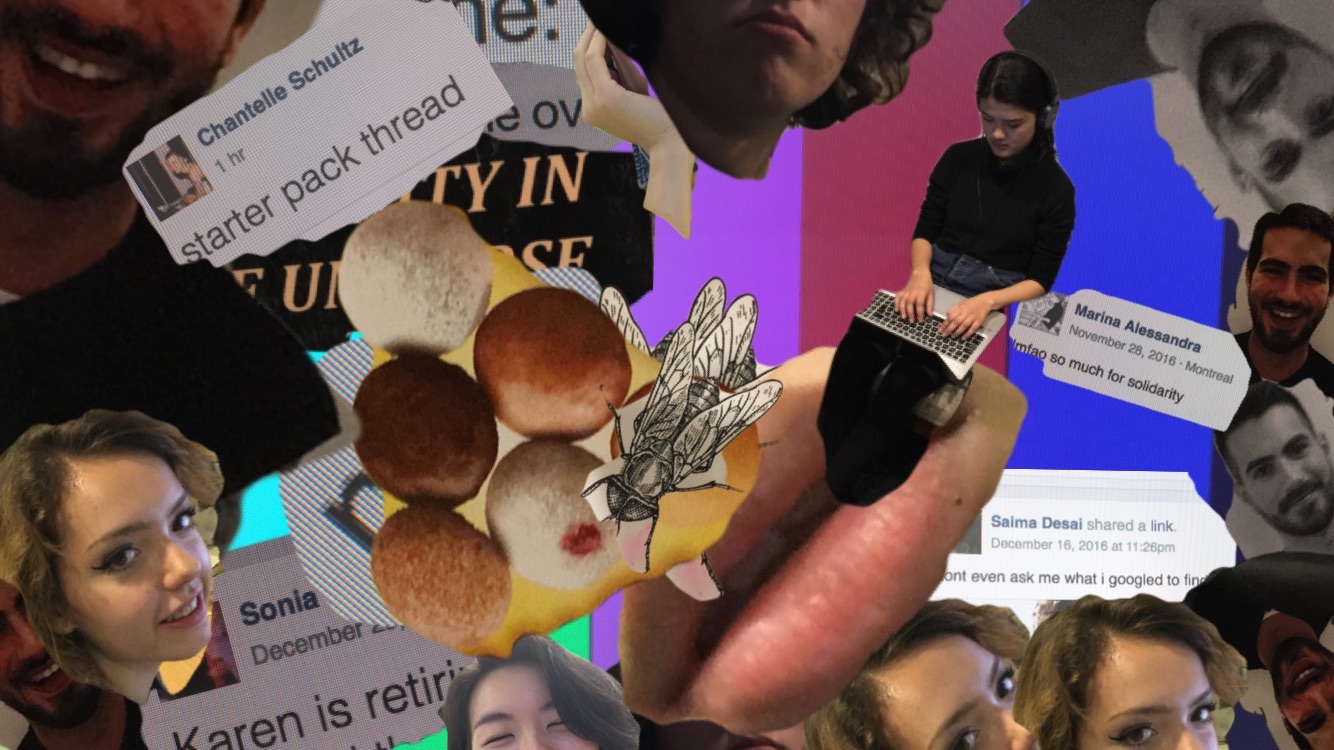I arrived in front of my mother, dressed in a blue jacket with mathematical symbols on the sleeves – bright, quirky, thrifted from Eva B. – which I knew she disliked. Confronted by my failure to dress in button-downs and polo shirts, she eyed me up and down, lips pursed in silent judgment in her typical condescending, French sort of way. Normally I would’ve ignored her attitude, but in that particular moment, as I stood facing a set of familial expectations that I could never live up to, I felt a burning sense of rage. Couldn’t I do what I liked, wear what I loved, follow what I believed in? The anger woke me up from the dream. Why wouldn’t she, for all that is good and holy in the world, let me be edgy?
I probably do have family issues, but I’d rather talk about what I meant by being edgy.
Unsettling, but not upsetting
The edgy aesthetic is growing in popularity, largely through curated, carefully crafted Instagram accounts. It makes the dirty mirror selfies and pixelated pictures of the 2000s hot. It turns cat videos into something more than casual bliss. It makes Windows’s lagging visuals cool and Apple’s Photo Booth backgrounds an actual trend. How does it do that?
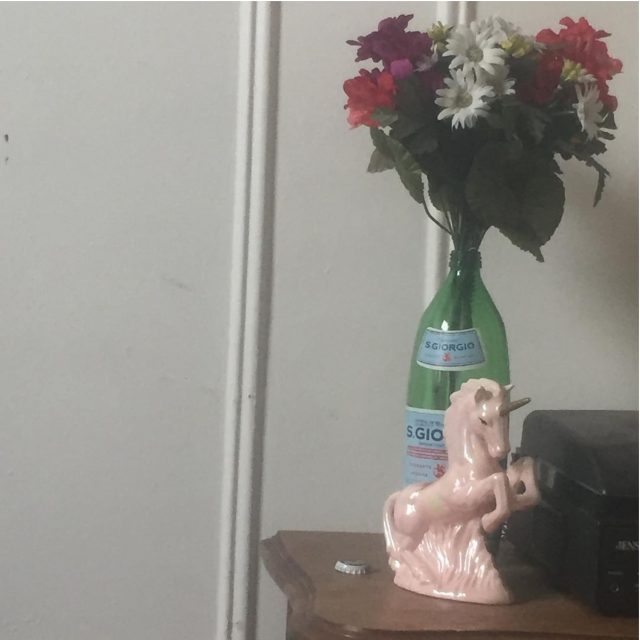
The style involves weird, disturbing, out of place props, creating an effect that is unsettling but not upsetting. It’s an aesthetic about being aesthetic. It involves unique poses and facial expressions, unconventional settings (moderately dirty bathroom are the best), low picture quality, bad framing, overexposed lighting, with lower case and abbreviated captions. When properly presented, it should seem instinctive, unprompted, natural, but also intentional. While all selfies could be said to be staged to some degree, the edgy aesthetic is about the art of staging itself. It is, in part, a parody of stereotypical Instagram selfies: the edgy selfie will care more about the pose than the posing. The edgy picture is no less than a vision – not everything that is haphazardly mixed and displayed can be called edgy. It requires an eye, a sense for the odd, the asynchronous, the nostalgic.

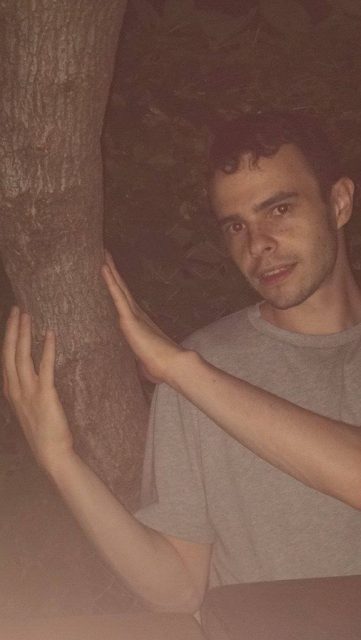
Not exclusively, but overwhelmingly, the edgy aesthetic can be found in queer communities, where questions of identity and desynchronization with the mainstream is widespread. Indeed, the experience of sexual marginality may allow one to see more clearly the artificiality of normative social relations – such as heteronomativity, devalued friendships, marriage, et cetera – that allow for their caricature. Edgy aesthetics could be seen to embody an alternate construction of time with its use of nostalgia and passé. The aesthetic challenges normative conceptions of time and the dogma of progress insofar as it doesn’t see an object’s value in what it is or was, but how it aged. The edgy aesthetic refuses to shed those objects away as progress would suggest they should be. Since the object was supposed to be shed away, it not only finds a new use but a new identity. In fact, edgy culture challenges consumerism by reverting the capitalist course of obsolescence: consumerism usually accommodates ‘retro’ by reclaiming objects or things from the past and make them worth consuming again. What edgy challenges is obsolescence, the idea that some objects and techniques are replaced by things more technologically advanced through the allegedly unstoppable mechanic of progress. In doing so, it challenges the idea of replacement at the core of consumerism.
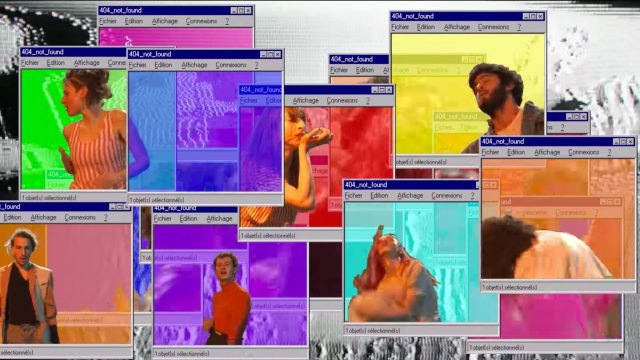
An edgy culture?
More than adhering to an aesthetic, one can ‘be edgy,’ or rather, ‘act edgy.’ Insofar as performances of edginess circulate as social capital in given communities, there exists an edgy culture. My friend was acting edgy when he announced that he’d bought a projector for the sole purpose of having the Windows aquarium screensaver on his wall. As typical of the aesthetic, his behaviour breaks expectations of just about everything.

No one would dare to brag about Windows products anymore. Even nerds have come to recognize the supremacy of Apple’s simplified, streamlined approach to products and are less prone to admit their guilty Windows pleasures. Edgy behaviour dives into these depths of shame, takes on the disregarded, the left aside: angsty teenagers, Windows nerds, non-humans in the selfie age, and caricatures their behaviour by pushing it to the extreme.
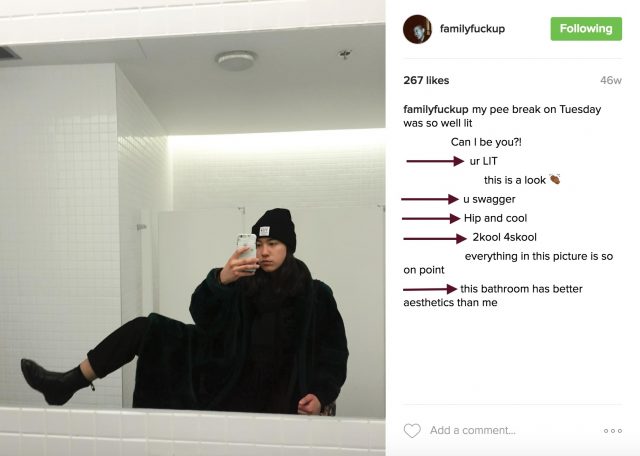
Nevertheless, the edgy act is edgy not because it takes home the stranded, but rather because it enjoys the gesture itself of venturing one’s social capital in doing so. Edgy behaviour is more about the movement than the action — it is about the beauty of going into the depth of awfulness, embodying it, and knowing one would not be associated with it and its social estrangement, all the while reaching new heights of social recognition. Nevertheless, the mainstream and the successful can never be edgy. Edgy is the style of the marginal: one can gain popularity as an edgy performer but risks losing their edginess if it is popularized outside of the subculture.
A modern expression of camp
In her Notes on “Camp,” Susan Sontag attempts to define camp culture. In fact, her article gives room to interpret edgy culture as one of the contemporary manifestations of camp, just as dandy culture was a 19th century manifestation of camp culture. Susan Sontag writes that camp “is not a natural mode of sensibility, if there be any such. Indeed the essence of Camp is its love of the unnatural: of artifice and exaggeration. And Camp is esoteric – something of a private code, a badge of identity even, among small urban cliques.”
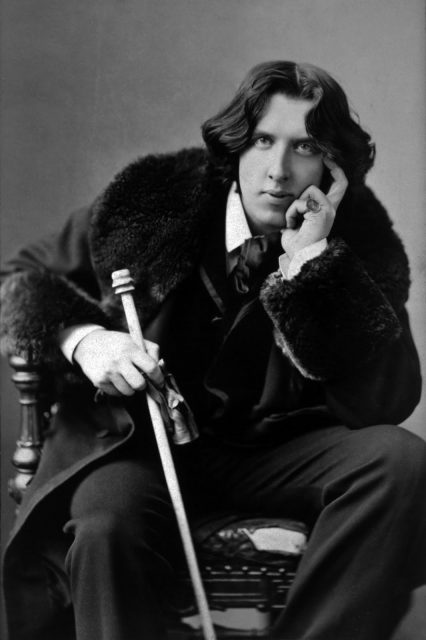
So — is edgy culture the same as camp? Camp is the love of the exaggerated, the “off,” of “things-being-what-they-are-not.” Edgy culture is exactly that: it is harsh and exaggerated self-reflection, nostalgia for things past, rebooting of things left aside — all of those creating that “off.”

Sontag also writes: “What is extravagant in an inconsistent or an unpassionate way is not Camp. Neither can anything be Camp that does not seem to spring from an irrepressible, a virtually uncontrolled sensibility. Without passion, one gets pseudo-Camp – what is merely decorative, safe, in a word, chic. […] the two things – Camp and preciosity – must not be confused.” Edgy culture is full of intention — it’s a cold determinate cynicism (see unicorn/vase photo, avocado photo, and instagram comments) and/or elaborate planning of style (see cover picture, Mansfield.TYA videoclip, and messenger discussion). A failure of edgy intent could be seen in high pixel resolution, perfectly aligned framing, a setting too conventionally ordered or disordered, but also a too obvious attempt at being edgy/camp. The last gesture would seem grossly serious – like be pretending to be edgy when one can only act as such. The gesture should always seek to be the opposite of what it is doing: posing by not posing, intending without the appearance of intention, not weird out by acting weird.
Even if this is true of other aesthetics, that they should not try to mimic canons of their respective aesthetics, it is even more important for edginess. Since edgy and camp aesthetics are about the gesture and the style, missing the gesture is missing the culture’s essence itself. So how can one still be edgy after reading her essay and this article? Maybe by managing to remove oneself once or more again from the gesture. It is up to you to show you can remain meta-natural, edgy. So… r u edgy?
